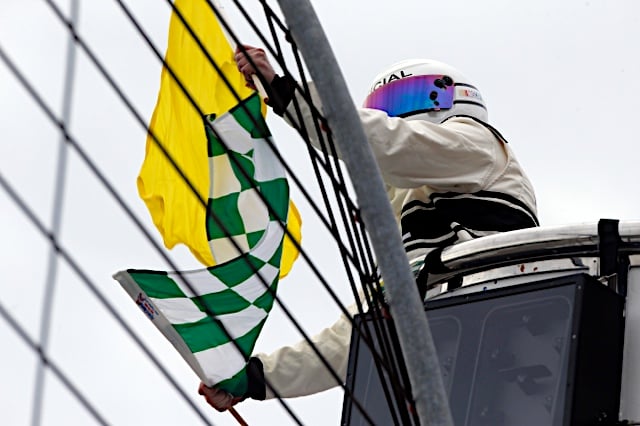Did You Notice? … How much smoother the racing at Circuit of the Americas was this past weekend without stage breaks? (Well, at least until the final few laps of the NASCAR Cup Series race).
We saw the competition Sunday (March 26) play out naturally, two- and three-stop strategies used without the benefit of a planned caution to limit how crew chiefs could separate themselves.
At one point during the race, we had drivers adjusting their speed due to fuel strategy, creating multiple storylines playing out behind an epic battle for the lead between William Byron and eventual winner Tyler Reddick. For the first time all year, it felt like the sport wasn’t hamstrung by aerodynamics, as COTA produced 16 lead changes over 75 laps, a record for this race and more than two oval events (Las Vegas Motor Speedway, Phoenix Raceway) held earlier this season.
NASCAR deserves credit for an idea that worked, boosting up a 2023 season that had been off to a far more difficult-than-expected start.
“It certainly allows the race to play out more naturally,” Reddick said after Sunday’s event. “Which I feel like in the spirit of road course racing, in my opinion, that’s what it should be more about.”
But after seeing the type of competition at COTA, I wonder … why stop at just this track type? We just went through a pack race at Atlanta Motor Speedway where drivers were running single file through much of the first two stages. It seemed like the knowledge the field would just bunch up anyway for one final stage, superglued together, kept both aggression and competition to a minimum. Survival was the name of the game, drivers simply racing to get to the next caution flag before they showed all their cards inside the draft.
The goal of stage points, now in their seventh year, was to increase competition throughout the course of a three-hour event. They effectively cut the race into thirds with the final portion the most meaningful one; that’s the only stage where a win counts toward playoff eligibility. They also served as an automatic yellow, keeping the race from getting out of hand and replacing a slew of mystery debris cautions that had drivers, teams and fans openly critical of NASCAR by the end of 2016.
We saw some of those debris yellows pop up at COTA, most notably Denny Hamlin’s debris after a mid-race spin and a number of questionable calls about leftover junk from those turn 1 pinball crashes in NASCAR overtime….
Click Here to Read the Full Original Article at …

